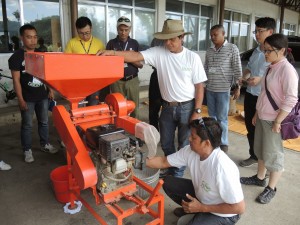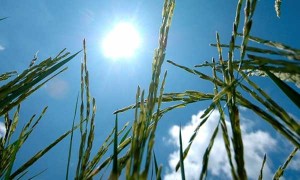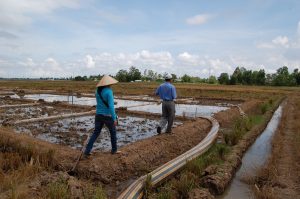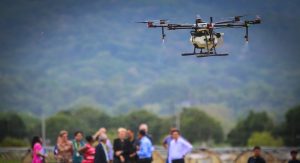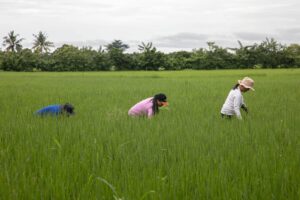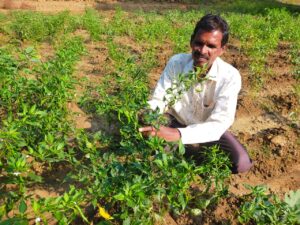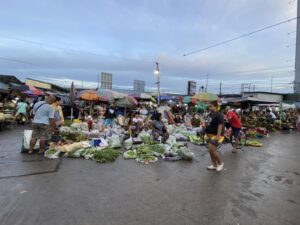The integration of satellite imagery into precision agriculture is helping global agriculture become smarter and more sustainable.
By ensuring that satellite data and precision agriculture technologies work seamlessly provides opportunities for increasing the efficiency of food production.
Some countries are now using the technology to estimate state-by-state crop yields ahead of harvest and assess the extent of crop damage when resolving insurance payment claims.
Read the full story at Eco-Business
More on remote-sensing technology in rice production:
Odisha’s farmers cope with climate risks using crop insurance
In 2019, IRRI led an educational intervention in 15 districts covering 300 villages in Odisha to create awareness and increase farmers’ adoption of risk mitigation strategies. In Ganjam District alone, 290 farmers from 29 villages participated in the crop insurance orientation program.
Climate change impacts on rice in Africa
Climate change is affecting vulnerable cropping systems in Africa. Extreme events, such as droughts, heatwaves, and floods, lead to crop losses and food insecurity among rural and urban populations. We used geospatial analysis in combination with crop modeling across a large number of representative sites in Africa to calculate changes in rice yields for different Intergovernmental Panel on Climate Change climate-change scenarios. These results were compared with baseline conditions in the years around 2000.
A first look at Asia using Sentinel-1A satellite imagery
Sentinel-1A, a radar imaging satellite, is an important tool for rice mapping and monitoring. It can provide detailed information on Asia’s rice crop, such as planted area, seasonality, cropping intensity, and damaged area due to floods or drought, as well as information on rice crop growth

